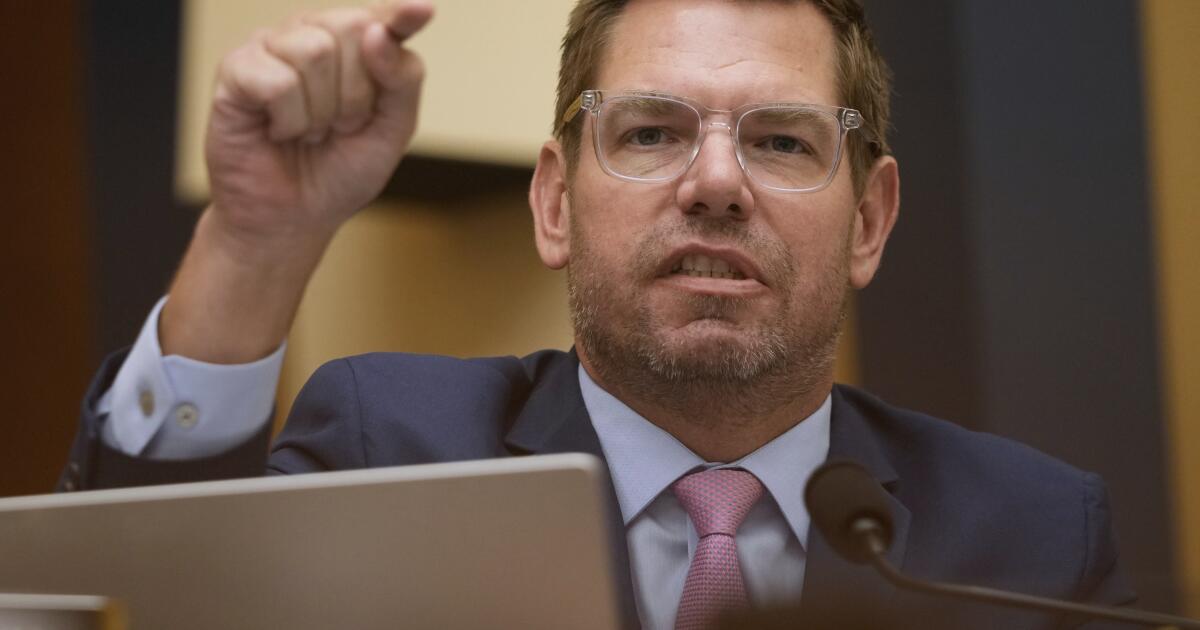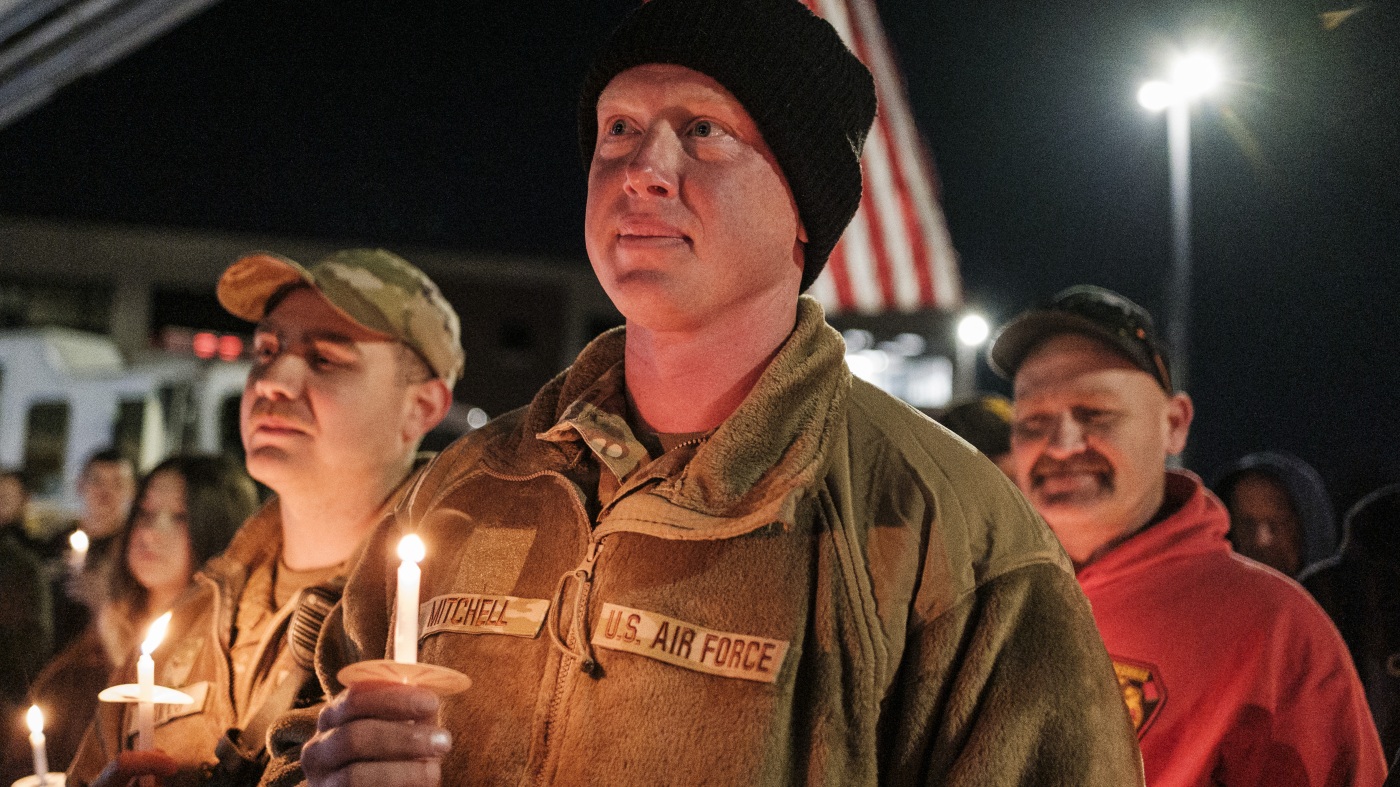Atlanta, GA
Midtown Atlanta fire station to offer apartments for rent above it

Atlanta fire station apartments plans
Atlanta Fire Station 15 could soon be getting more tenants than just firefighters. The plan the city has to build apartments on top of the fire house.
ATLANTA – Atlanta Fire Station 15 on Tenth Street in Midtown is being planned with apartments on top of it. Some who live and work in the area found that surprising.
“Why put it on top of the fire station? That don’t make no sense,” said Nile Hollis.
“I think it’s different. You’ll see a mall or a Starbucks, underneath apartment buildings, but a fire station?” said Terrance Rodney Lucas.
The plan is to completely renovate the fire station and build affordable apartments above it. City officials say there will be a significant number of apartments, somewhere in the range of 80 to 120 or more.
While other cities have put housing on top of fire stations, this is something new for Atlanta.
“This is the latest effort to use innovation to bring affordable housing to the heart of Midtown,” said Courtney English, chief policy officer for city of Atlanta.
City leaders say it will be a big win all the way around. It will enhance the quality of fire and emergency services for the community while also addressing affordable housing needs for those in Midtown.
“Make good use of public land, create additional density in the heart of Midtown and bring affordable housing to a neighborhood that hasn’t had it in a long time,” said English.
“Living in Midtown is generally not cheap, and it’s a great place to live, so people who otherwise don’t have the means can now live here. I think that’s a great thing,” said James Wilhelmi, who lives nearby.
This is all part of Mayor Andre Dickens’ goal to build or preserve 20,000 affordable housing units in 8 years.
There are still a lot of details to be worked out, but if all goes as planned, construction could begin early next year.

Atlanta, GA
Atlanta Braves pitcher Dylan Lee reunites with Valley nurse who predicted he would be an athlete

VISALIA, Calif. (KFSN) — A South Valley nurse made a prediction about the baby in her care and fast-forward years later, it came true.
Registered nurse Kim Hofer shared a heart-warming reunion with Atlanta Braves pitcher Dylan Lee on Friday.
Lee visited Kaweah Health, where he was born 30 years ago, to visit the nurse who saw into his future.
Hofer took ‘footprints’ of the newborns and judging by the size of Lee’s baby feet, she predicted he would become an athlete.
Lee happened to find the footprint keepsake and sought out the nurse who helped him take his first step into his future.
“I guess when she put my feet on the paper, it barely fit. To her, used to doing it to other kids and then doing my feet, she said, ‘Oh man, this kid is gonna be an athlete,’ and I was like, ‘Well, her fruition came true,’” Lee said.
Lee went to Dinuba High School, played at College of the Sequoias and Fresno State.
The former world champion encourages parents to allow their children to stay active and play several sports.
On Saturday, he’ll make an appearance at Tulare’s Fishing Derby at Del Lago Park.
Copyright © 2025 KFSN-TV. All Rights Reserved.
Atlanta, GA
Atlanta author Felicia Feaster can help you design a Gothic garden

Photograph by Tomas Epinosa
Writer and author Felicia Feaster is a former HGTV website editor, where she started 11 years ago as the editor-in-chief of a new gardening website called HGTV Gardens. That experience, combined with her own avid gardening, led her to where she is today: the author of The Gothic Garden: The Mystery, Beauty, and Lore of Dark Gardening, which debuted in November. Here, Feaster, a longtime Atlanta magazine contributor, explains what the concept is and how she wrote the book.
How did you come up with the idea for the book?
The concept of a Gothic garden, which kept popping up on TikTok and Instagram, immediately sparked my interest. I started writing pieces about what types of plants people could use in their Goth garden. Serendipitously, the publisher, Simon & Schuster, saw those articles and tracked me down to ask me to write a book—in three months.
Photograph by Tomas Epinosa

The 19th century, or the Victorian Age, was a time of incredible interest in plants, especially exotic and strange ones, including poisonous plants. It was also a time of exploration into new places, like Asia and South America. When Queen Victoria lost her husband and went into mourning for the rest of her life, she influenced a lot of rituals and etiquette around death. Plus, there was a lot of new technology, and with that, anxiety about science usurping nature; that was a theme in Gothic literature at the time, like Frankenstein. This all laid the foundation—the garden is the place where life and death battles are happening.
How does the book work?
The heart of the book is 50 plants, flowers, vegetables, and herbs I’ve chosen that have the most interesting stories in terms of plant history and are the most beautiful. It’s a mix of super strange and accessible plants. In Victorian times, plants had a lot of meaning; it was a form of communication in such a repressed culture. I also talk about ancient uses of plants, such as rosemary, which was used in embalming in ancient Egypt.
There are design elements to use in your Goth garden to give it a spooky ambiance, such as wrought iron gates. The plants are accompanied by illustrations by Irina Vinnik, which are so gorgeous that Simon & Schuster will release an additional publication in summer 2026 called Dark Blooms, a compilation of postcards and my writing about the meaning of the plants.
Photograph by Tomas Epinosa
Do you have a Goth garden?
Yes, it leans into deep, purple colored plants. I also have a dead tree; it’s almost like a tree sculpture. This summer, I cut down a castor bean plant, which was 10 feet tall. It’s the most toxic plant and has ricin that’s 6,000 times more poisonous than cyanide. It has crazy, spiky red seed pods. It’s a spooky-looking plant. I love telling people passing by the story of it—it’s a good, easy shock.
Celebrate Feaster on December 7th at the Plaza Theatre, where she’ll have a book signing before a screening of Edward Scissorhands, complete with a Gothic-inspired cocktail by Videodrome.
Advertisement
Atlanta, GA
Aspiring Atlanta chefs find hope as culinary jobs rank among the most

At a time when workers across industries are wondering whether artificial intelligence could take their jobs, new data shows that some careers remain firmly human. According to an analysis by résumé-writing service Resume Now, which pulled federal numbers from the Bureau of Labor Statistics, chefs rank among the most AI-resistant jobs in the country.
Electricians, plumbers and pipe fitters, forestry workers, and flight attendants also made the list — but for culinary students at Atlanta’s North College & Career Academy, the ranking comes at the perfect moment.
On Wednesday, students stepped into the kitchen for their final exams, preparing restaurant-quality dishes under pressure. For senior Elijah Lowen, that meant plating a garden herb chicken with supreme sauce, mashed potatoes, and sautéed broccoli.
“I think I did pretty good,” he said after finishing his exam. “The only issue is it needed some more salt — but other than that, I think I did pretty good.”
The optimism is backed up by the numbers. Employment for chefs and head cooks is projected to grow 7% over the next decade, a rate “much faster than average,” according to federal labor projections. And unlike other industries increasingly adopting automation, food preparation — from technique to creativity — remains difficult for AI to replicate.
Chef Eric Martin, who leads the program and trains the students daily, says many arrived with little to no experience in a kitchen.
“A lot of students came in not knowing how to crack an egg or even hold a knife,” Martin said. “They were fearful of cutting chicken. They’ve worked on these techniques at home, and they’re progressing incredibly.”
The curriculum goes beyond chopping and sautéing. Students learn the cultural, historical, and even religious significance of food — lessons meant to prepare them for real-world kitchens in restaurants, hotels, and catering businesses. Some hope to one day operate their own food trucks.
But excellence comes down to taste. Student Matthew Glover, who prepared a spinach and mushroom quiche for his exam, said the pressure didn’t shake him.
“I didn’t expect everybody to be watching, but I didn’t panic,” he said. “Regardless, I had to get it done. I feel like I did okay.”
Still, local job prospects for chefs have been mixed. Despite strong national growth, Atlanta saw dozens of restaurant closures in 2025, driven by rising food prices, financial strain, and more people opting to eat at home. For those who break in, the work can pay off: the median salary for a head chef in Georgia is nearly $90,000.
For Martin, the reward is watching the next generation grow — and stick with it.
“Just watching them shine and seeing their work ethic,” he said, “I am super, super proud of them.”
As these young chefs prepare both their dishes and their futures, you may soon see their creations on a menu near you.
-

 Politics4 days ago
Politics4 days agoTrump rips Somali community as federal agents reportedly eye Minnesota enforcement sweep
-

 Technology1 week ago
Technology1 week agoNew scam sends fake Microsoft 365 login pages
-

 News4 days ago
News4 days agoTrump threatens strikes on any country he claims makes drugs for US
-
Ohio2 days ago
Who do the Ohio State Buckeyes hire as the next offensive coordinator?
-

 World4 days ago
World4 days agoHonduras election council member accuses colleague of ‘intimidation’
-

 Politics1 week ago
Politics1 week agoRep. Swalwell’s suit alleges abuse of power, adds to scrutiny of Trump official’s mortgage probes
-

 News1 week ago
News1 week ago2 National Guard members wounded in ‘targeted’ attack in D.C., authorities say
-

 World1 week ago
World1 week agoTrump yanks G20 invitation from South Africa over false genocide claims




























